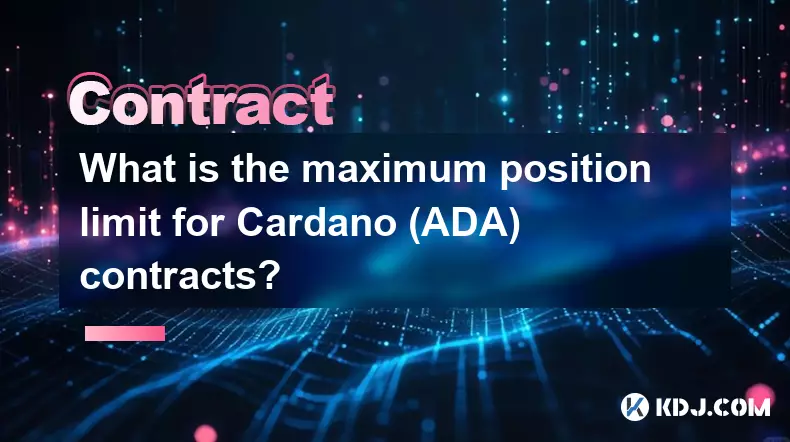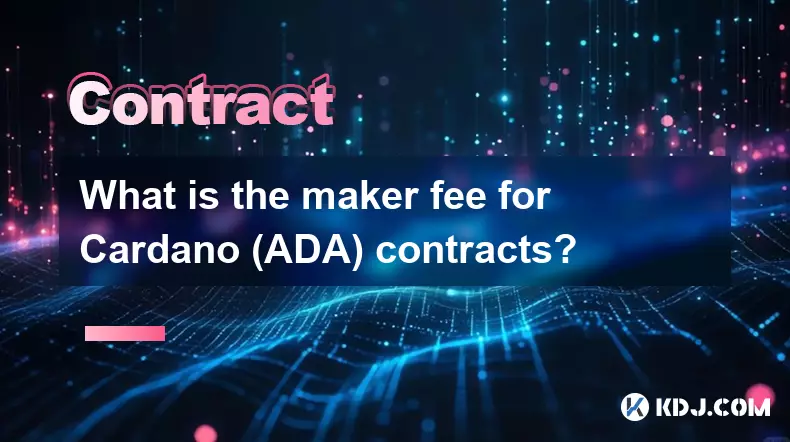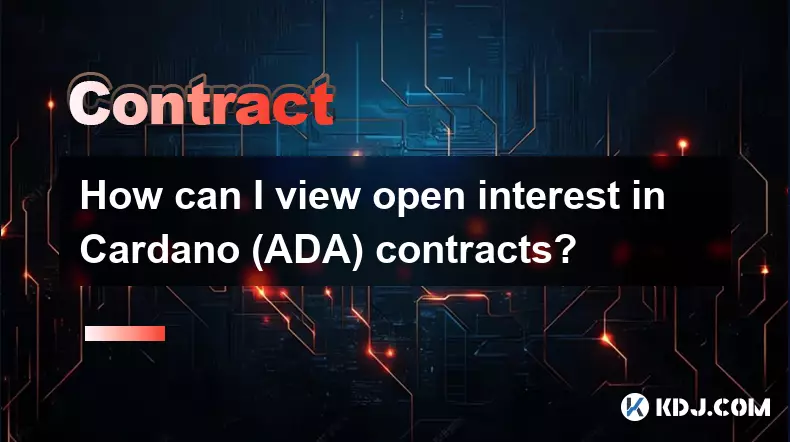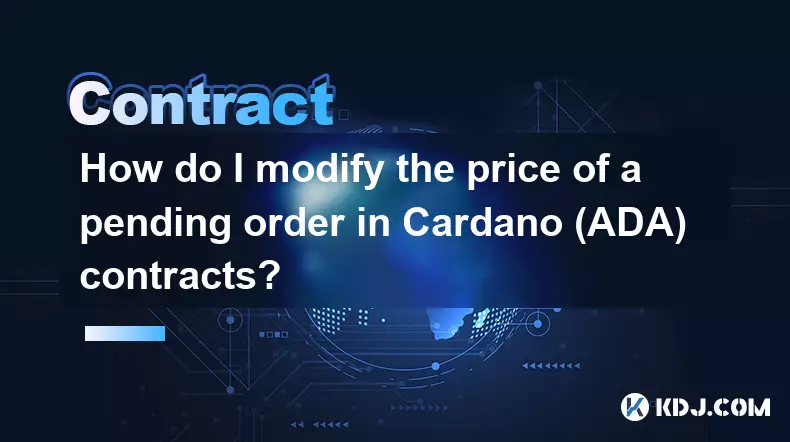-
 bitcoin
bitcoin $109523.663807 USD
-0.13% -
 ethereum
ethereum $4019.526508 USD
2.06% -
 tether
tether $1.000482 USD
0.00% -
 xrp
xrp $2.776815 USD
0.18% -
 bnb
bnb $958.942396 USD
0.12% -
 solana
solana $204.294698 USD
3.84% -
 usd-coin
usd-coin $0.999693 USD
0.00% -
 dogecoin
dogecoin $0.232115 USD
2.09% -
 tron
tron $0.338028 USD
0.84% -
 cardano
cardano $0.790920 USD
1.50% -
 hyperliquid
hyperliquid $44.871443 USD
5.60% -
 ethena-usde
ethena-usde $1.000322 USD
0.04% -
 chainlink
chainlink $21.034165 USD
2.60% -
 avalanche
avalanche $28.794831 USD
-0.54% -
 stellar
stellar $0.360466 USD
1.24%
Bitcoin futures contract trading rules
Understanding Bitcoin futures contracts and their trading process is essential for informed participation in this high-risk, high-reward financial market.
Nov 12, 2024 at 08:12 am

Bitcoin Futures Contract Trading Rules: A Comprehensive Guide
Understanding Bitcoin Futures Contracts
Bitcoin futures contracts are financial instruments that allow traders to speculate on the future price of Bitcoin without taking physical ownership of the underlying asset. These contracts are traded on regulated exchanges and provide leverage to traders, enabling them to magnify their potential profits or losses.
Types of Bitcoin Futures Contracts
There are two main types of Bitcoin futures contracts:
- Cash-Settled Contracts: These contracts settle in cash on the contract's expiration date. The settlement price is determined by the reference index or exchange rate at the time of expiration.
- Physically-Settled Contracts: These contracts require the delivery of a specified amount of Bitcoin upon expiration. The delivery process involves the physical transfer of the underlying asset from the seller to the buyer.
Trading Bitcoin Futures Contracts
Step 1: Understand the Basics
Before engaging in Bitcoin futures contract trading, it's crucial to grasp the following concepts:
- Leverage: Trading futures contracts involves the use of leverage, which allows traders to control a larger position with a relatively smaller initial investment. However, it's essential to remember that leverage magnifies both profits and losses.
- Margin: To initiate a futures contract trade, traders must post margin, which acts as collateral for the contract. The amount of margin required depends on the contract size and the exchange's margin requirements.
- Open Interest: Open interest refers to the total number of outstanding futures contracts for a particular underlying asset. It provides insights into market sentiment and trading activity.
Step 2: Choose a Cryptocurrency Exchange
Selecting a reputable and regulated cryptocurrency exchange is paramount for Bitcoin futures contract trading. Important factors to consider include:
- Exchange Reputation and Liquidity: Choose an exchange with a strong reputation, high liquidity, and a proven track record of reliability.
- Contract Specifications: Review the contract specifications carefully, including the contract size, trading hours, settlement date, and any additional fees or charges.
- Trading Platform: Ensure the exchange offers a robust and user-friendly trading platform that caters to your trading needs.
Step 3: Open a Trading Account
To trade Bitcoin futures contracts, you need to open an account with the chosen exchange. The registration process typically involves providing personal information, verifying your identity, and funding your account.
Step 4: Place a Futures Contract Trade
Once you have funded your trading account, you can initiate a futures contract trade by specifying the contract type, quantity, price, and trade direction.
- Contract Type: Select the desired type of Bitcoin futures contract (cash-settled or physically-settled).
- Quantity: Determine the number of futures contracts you wish to trade.
- Price: Enter the desired execution price for the trade.
- Trade Direction: Choose whether to buy (go long) or sell (go short) the contract.
Step 5: Monitor and Manage Your Positions
Once your trade is executed, it's crucial to monitor and manage your position actively. This involves:
- Tracking Market Price: Monitor the underlying Bitcoin price and the performance of your open positions.
- Risk Management: Implement appropriate risk management strategies, such as stop-loss orders or hedging, to limit potential losses.
- Position Adjustment: Make adjustments to your positions as needed, including closing out contracts early to lock in profits or minimize losses.
Disclaimer:info@kdj.com
The information provided is not trading advice. kdj.com does not assume any responsibility for any investments made based on the information provided in this article. Cryptocurrencies are highly volatile and it is highly recommended that you invest with caution after thorough research!
If you believe that the content used on this website infringes your copyright, please contact us immediately (info@kdj.com) and we will delete it promptly.
- BlockchainFX: The Crypto Presale Primed for a 2025 ROI Explosion
- 2025-09-27 18:25:19
- ETH Price Check: Smart Money Stays Cool Amidst ATH Rollercoaster
- 2025-09-27 18:25:19
- Whale Watch: Lyno AI Presale Gains Momentum with AI-Powered Arbitrage
- 2025-09-27 18:30:01
- Token Migration Mania: TTM Unification and Resource Tokens on the Move!
- 2025-09-27 18:30:01
- Pi Network, Remittix, and Crypto News: Navigating the Shifting Sands of Altcoins
- 2025-09-27 18:30:01
- King Charles 50p Coin: Is Your Pocket Change Worth a Fortune?
- 2025-09-27 18:30:13
Related knowledge

How do I enable the "scalping-only" mode for Cardano (ADA) contracts?
Sep 24,2025 at 03:19am
Understanding Scalping Strategies in Crypto Derivatives1. Scalping in cryptocurrency trading refers to executing multiple short-term trades within min...

What is the maximum position limit for Cardano (ADA) contracts?
Sep 23,2025 at 11:00pm
Understanding ADA Futures and Derivatives Market Structure1. Cardano (ADA) futures contracts are offered by several major cryptocurrency derivatives e...

What is the maker fee for Cardano (ADA) contracts?
Sep 26,2025 at 09:01am
Understanding Maker Fees in Cardano (ADA) Contracts1. The concept of maker fees applies broadly across decentralized exchanges and smart contract plat...

How can I view open interest in Cardano (ADA) contracts?
Sep 24,2025 at 07:36am
Understanding Open Interest in Cardano Derivatives1. Open interest refers to the total number of outstanding derivative contracts, such as futures or ...

How do I modify the price of a pending order in Cardano (ADA) contracts?
Sep 27,2025 at 01:00am
Understanding Pending Orders in Cardano Smart Contracts1. Cardano operates on a proof-of-stake blockchain that supports smart contracts through its Pl...

What is the function of the insurance fund in Cardano (ADA) contracts?
Sep 24,2025 at 02:18am
Understanding the Role of Insurance Funds in Cardano Smart Contracts1. The insurance fund within Cardano's ecosystem is not a native feature directly ...

How do I enable the "scalping-only" mode for Cardano (ADA) contracts?
Sep 24,2025 at 03:19am
Understanding Scalping Strategies in Crypto Derivatives1. Scalping in cryptocurrency trading refers to executing multiple short-term trades within min...

What is the maximum position limit for Cardano (ADA) contracts?
Sep 23,2025 at 11:00pm
Understanding ADA Futures and Derivatives Market Structure1. Cardano (ADA) futures contracts are offered by several major cryptocurrency derivatives e...

What is the maker fee for Cardano (ADA) contracts?
Sep 26,2025 at 09:01am
Understanding Maker Fees in Cardano (ADA) Contracts1. The concept of maker fees applies broadly across decentralized exchanges and smart contract plat...

How can I view open interest in Cardano (ADA) contracts?
Sep 24,2025 at 07:36am
Understanding Open Interest in Cardano Derivatives1. Open interest refers to the total number of outstanding derivative contracts, such as futures or ...

How do I modify the price of a pending order in Cardano (ADA) contracts?
Sep 27,2025 at 01:00am
Understanding Pending Orders in Cardano Smart Contracts1. Cardano operates on a proof-of-stake blockchain that supports smart contracts through its Pl...

What is the function of the insurance fund in Cardano (ADA) contracts?
Sep 24,2025 at 02:18am
Understanding the Role of Insurance Funds in Cardano Smart Contracts1. The insurance fund within Cardano's ecosystem is not a native feature directly ...
See all articles









































































